.png?width=1024&name=WWW.hOLGANIX.COM%20(23).png)
“Over the past 10 years, the only thing I’ve changed in my agronomic program is the addition of Holganix Bio 800+ Golf,” says Shannon Easter, Director of Golf Maintenance of Broken Sound Country Club in Boca Raton, Florida. “I use it religiously.”
Overall, Holganix Bio 800+ Golf has enabled Easter to reduce his inputs, increase turf and root health and speed recovery time on the course, ultimately boosting sustainability.
Broken Sound Country Club isn’t new to the world of sustainability. In fact, the exclusive, award winning country club was “the second golf facility in the US and the 14th in the world to be GEO certified - the sustainability assurance of the international non-profit Golf Environment Organization.” Broken Sound has also received Audubon Sanctuary Certification for both of their golf courses and established the first industrial composting project in Florida. In addition, Broken Sound has been recognized for recycling 95% of its solid waste.
Needless to say, at Broken Sound, the golf maintenance team takes sustainability seriously. “Once a year, we have a seminar with the members, notifying them of what’s going on at the courses and how we are reducing our carbon footprint. They know all about Holganix Bio 800+ Golf.”
For Easter, Holganix Bio 800+ Golf didn’t just make sense from a sustainability standpoint but also agronomically. “When looking at the chemistry of the soil on both courses, Holganix just made sense.”
Broken Sound consists of two unique courses: The Old Course and The Club Course. The Old Course is the older of the two and contains sandy soils while The Club Course is newer and has denser soils. Because nutrients leach faster in sandy soils, “we make more frequent, lighter Holganix applications on our older course and apply Holganix Bio 800+ Golf heavier but less frequently on the newer course.” As a result, consistency and uniformity of turf health has improved on both courses.
Reducing Synthetic Inputs
“We’ve also noticed a substantial reduction in the presence of disease pressure and have decreased our fungicide use by 30%. That’s less than I’ve EVER used in the past.” Furthermore, he has reduced his use of nitrogen fertilizers by 20%.
Broken Sound on Root Health
Turf health isn’t the only benefit Easter has seen with Holganix Bio 800+ Golf. There have been huge improvement in root length, mass and density. In fact, Easter won the 2014 Holganix “Roots For You” Award for the longest turf roots in America.
“But the roots aren’t just longer,” says Easter. “We’ve seen a 50% increase in mass and density. Roots are longer and more dense than I’ve ever seen at Broken Sound.”
Because of his healthy roots, Easter has been able to reduce irrigation by 12-13%. “That’s substantial savings for a course like ours,” states Easter.
Soil Analyses: CEC and Organic Matter Results
When Easter received his soil analysis results this year, he was excited by data showing increases in CEC (Cation Exchange Capacity) and decreases in organic matter.
Overall, since using Holganix Bio 800+ Golf on his new course, he’s seen a 17% increase in CEC on fairways and a 27% increase on greens. On his older course (features sandy soils), CEC increased on fairways and tees by 9%. Interestingly enough, when Easter treated his greens without Holganix on the older course he saw a 5% decrease in CEC.
Cation Exchange Capacity is the ability of the soil to maintain and release nutrients to the plant. It’s the plant’s pantry. The larger the CEC, the more nutrients the pantry can hold and release to the plant. It’s a crucial measurement to plant health. The two main components of CEC are humus (the decomposed result of organic matter) and clay content.
So, why did CEC increase so drastically on the newer course as compared to the old?
That’s because it’s often harder to boost CEC in sandy soils, where nutrients easily leach and organic matter is limited. For sandy soils, increases in organic matter can be beneficial (leads to humus), however for courses with denser soil, decreases in organic matter can be a huge benefit.
Why is organic matter a huge benefit? When organic matter degrades and is broken down by organisms, the end result is humus. Humus is a key ingredient in CEC, therefore, increase in humus often means an increase in CEC.
That’s why, when Easter received test results showing a decrease in organic matter on The Club Course he was intrigued. Ultimately, organic matter dropped on fairways by 6.5%, 29.9% on greens and 29.2% on paspalum tees. The decrease in organic matter on the new course demonstrates that the living microorganisms in Holganix are hard at work, breaking down the organic matter, turning it into food sources for the plant and boosting CEC!
The Club Course Soil Analysis
Dates: 9/20/14 – 9/20/15
Soil Type: Denser soils, formerly a strawberry farm, newer of the two courses
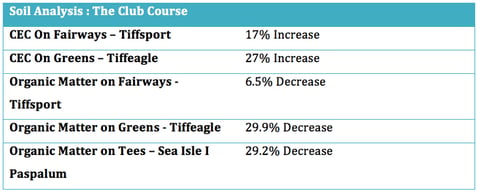
Old Course Soil Analysis
Dates: 9/20/14 – 9/20/15
Soil Type: Sand based soils

Renovations at Broken Sound
Perhaps one of Easter’s favorite success stories with Holganix Bio 800+ Golf was in 2014, when Broken Sound underwent a renovation on their older course.
“Normally, after a renovation superintendents can expect to be mowing turf again in about six weeks. We were mowing turf in four!” Because of their amazing results, “we had superintendents from a dozen different states and three different countries examining the course. It was just that great.”
Conclusions
Easter doesn’t just use Holganix on greens and tees, “we use it wall to wall throughout the entire property and even on ornamentals.” Fairways experienced an improvement in rooting and divots filled in faster. “Recovery has been unbelievable.” Easter has also seen “way less disease pressure on his ornamentals.”
“I think the future of golf should include Holganix Bio 800+ Golf,” says Easter. Input restrictions are already happening for homeowners and lawn care companies, “It’s just a matter of time before they restrict golf too.” When it comes to reducing inputs and keeping nutrients out of waterways, “Holganix Bio 800+ Golf should be part of everyone’s program”
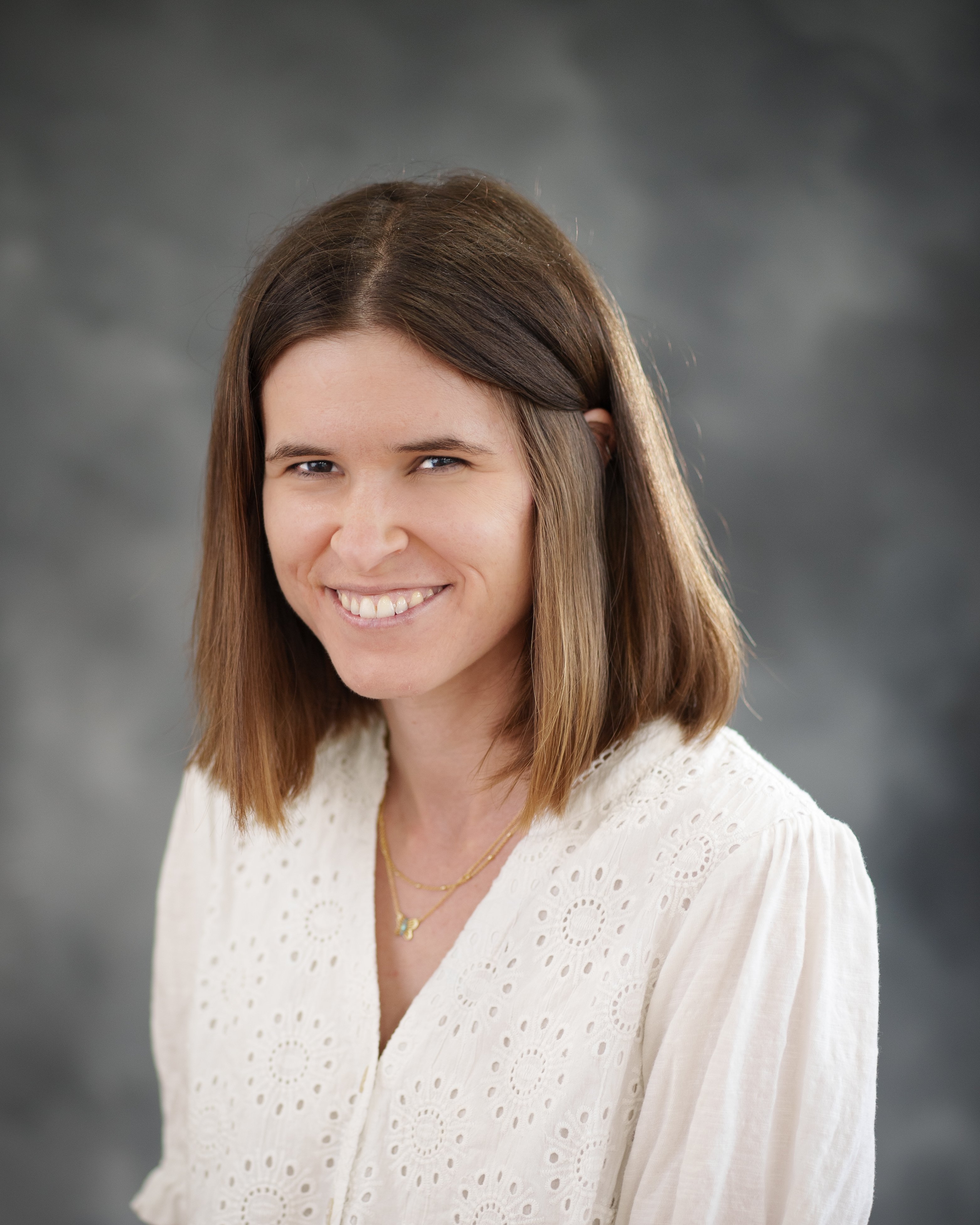 |
August 14, 2015
|
3:36 PM
|
August 14, 2015
|
3:36 PM



.png?width=1024&name=WWW.hOLGANIX.COM%20(23).png)


-1.jpg)
-1.jpg)
-1.jpg)
.jpg)
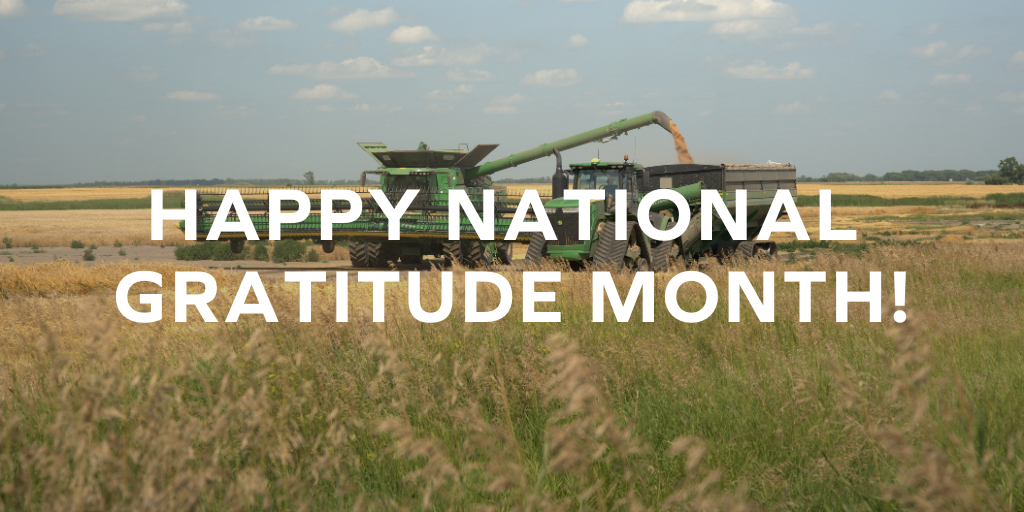
.jpg)
.webp)
-1%20(1).webp)
-831535-2.webp)

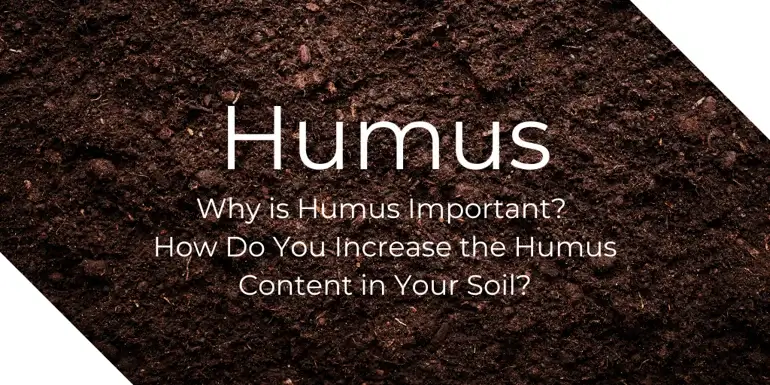
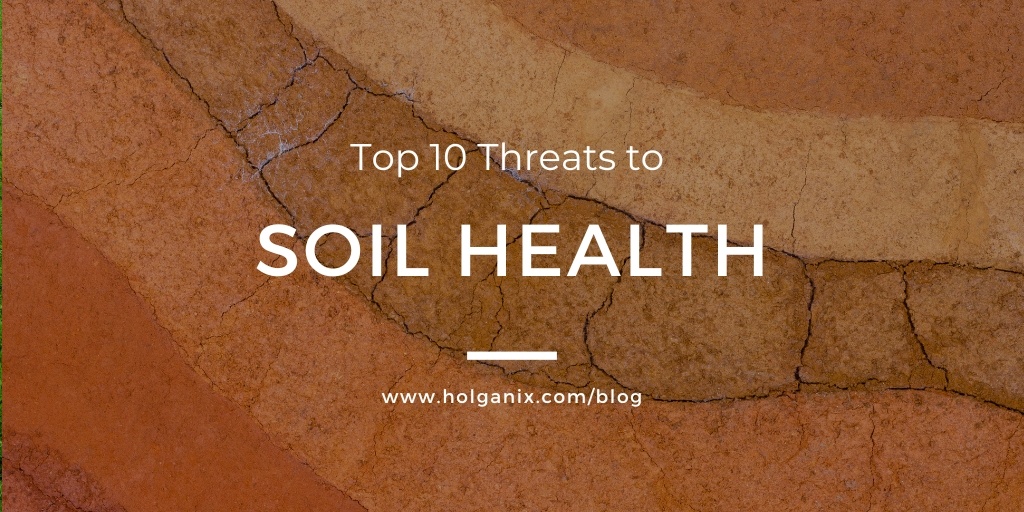
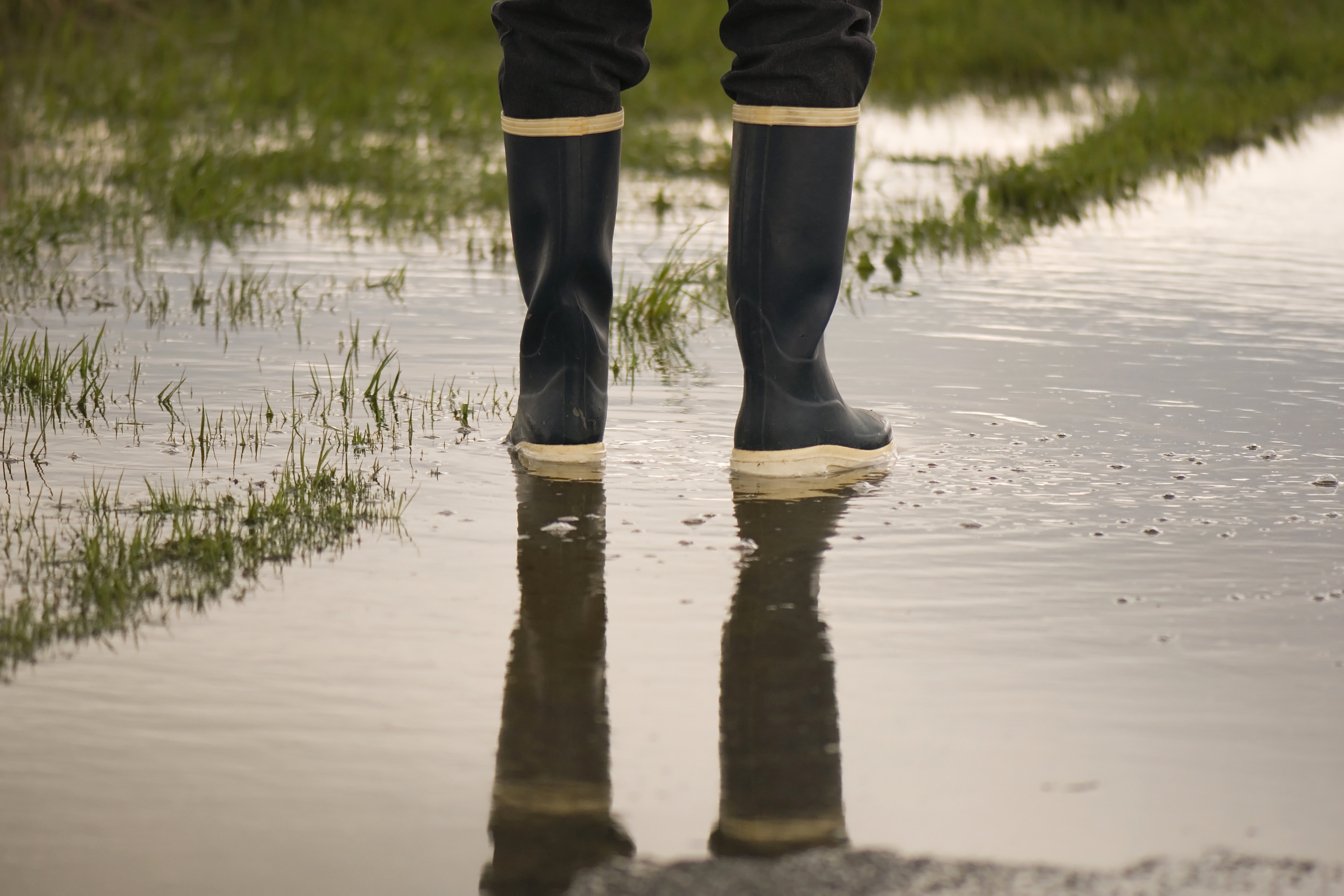
.png)
